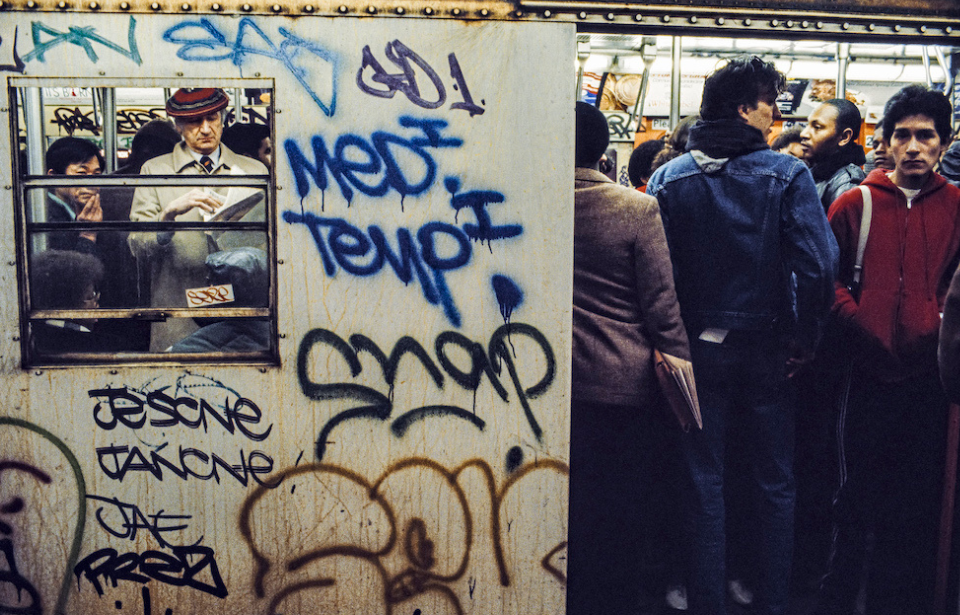Retro fashion, a musical renaissance, cult classic films – is there anything the 1980s didn’t have? It’s hard to believe how much has changed in 40+ years, and thinking back on the decade has us feeling nostalgic. It was an impactful era for those who grew up during this time and we’ve found photos that highlight some of the biggest fads and historic moments of the decade. From joyful and celebratory to somber and reflective, there’s something for everyone.
Video really did kill the radio star
Before it aired reality shows like Teen Mom, The Real World, and Jersey Shore, MTV played what its name implies: music. It began broadcasting to homes in New Jersey on August 1, 1981, and debuted with the very fitting “Video Killed the Radio Star” by The Buggles.
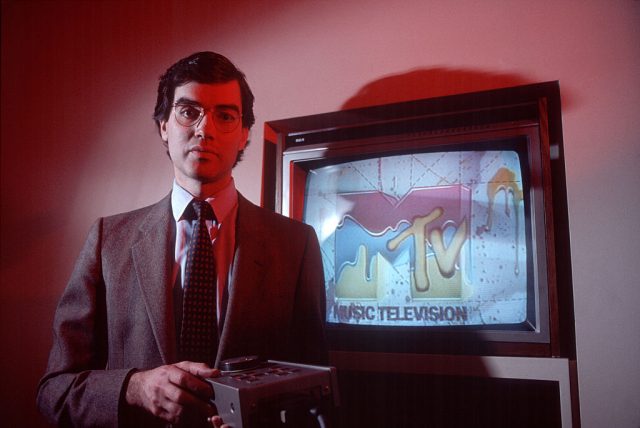
MTV came to define an entire generation with its 24/7 airing of music videos. Those looking to hear the latest hits needed only flip on the TV. While it may no longer air music videos, those from the 1980s will always remember its profound effect on music.
Aerobics fashion
The 1980s had many iconic fashion looks, but the one most associated with the decade is aerobics wear. North American society was experiencing a fitness craze at the time, so it’s only natural the fashion industry took advantage of the increase in the demand for activewear.
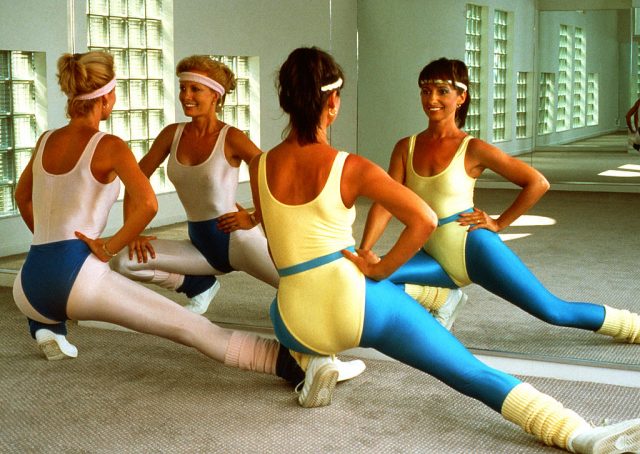
Picture this: you show up to your weekly aerobics class. You’re wearing your neon leotard, matching leggings and leg warmers, white sneakers, and a matching belt to pull the look together. Oh, and your scrunchie. You don’t want your hair getting in your face while you’re working out!
Mount St. Helens erupts
Mount St. Helens in Washington state doubles as both a beautiful wonder of nature and a dangerous volcano. While it has experienced numerous eruptions over the years, the most catastrophic event occurred on May 18, 1980, the result of a 5.1-magnitude earthquake.
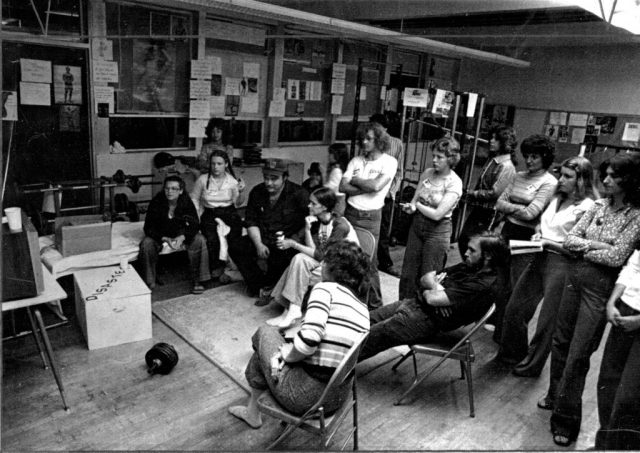
The blast and resulting landslide killed an estimated 57 people and caused hundreds more to evacuate. Damage was extensive, and ash from the eruption spread across a large portion of the northwestern U.S, showing you didn’t have to live in Washington to experience the ill effects.
The fall of the Berlin Wall
In 1961, the German Democratic Republic (GDR) erected the Berlin Wall to keep what it called “Western fascists” from entering East Germany and going against the socialist state. In reality, what it did was stop citizens from defecting to the West.
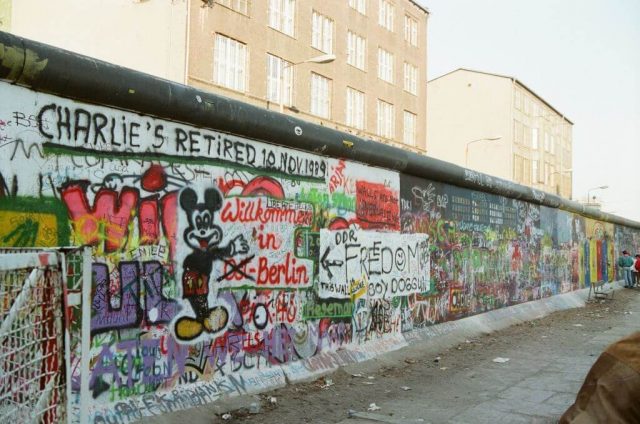
One of the more enduring symbols of the Cold War, it became a canvas for those wanting to share their politically motivated graffiti. When it was announced on November 9, 1989, that citizens of the GDR could once again pass freely through the border, people swarmed the wall. Some even had picks and hammers in hand, so they could begin knocking it down.
The Murder of John Lennon
The Beatles were a hallmark of the music scene throughout the 20th century. During the 1960s, Beatlemania seemingly infected everyone, and while the band split in 1970, there was still love for their music. That’s why the shooting death of John Lennon by Mark David Chapman on December 8, 1980, affected so many.
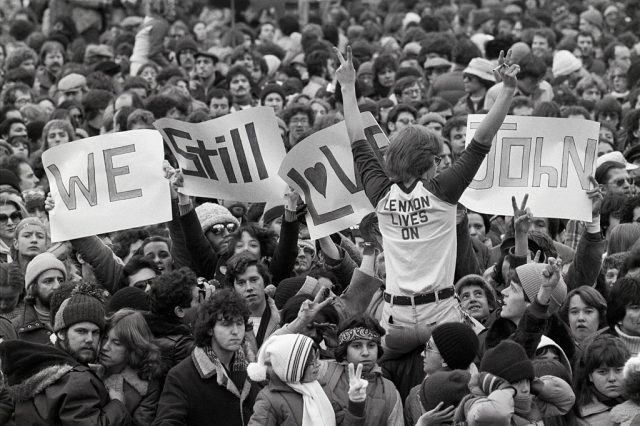
Following Lennon’s death, fans flocked to New York City to pay tribute, and those unable to reach the city held their own vigils. Lennon has since been memorialized by his wife, Yoko Ono, who landscaped a section of Central Park in his honor.
Cabbage Patch Kids were all the rage
The toy on the top of every child’s Christmas wishlist in 1983 was a Cabbage Patch Kid. The cloth dolls were one of the most popular toys of the 1980s and set every sales record within the industry for three years straight. Demand was incredibly high, so much so that stores frequently ran out of stock.
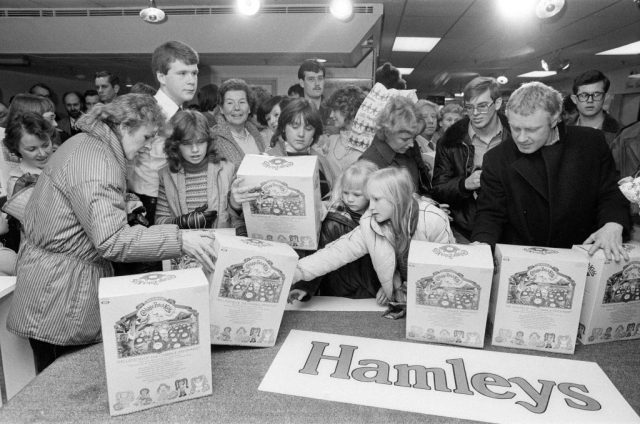
While Cabbage Patch Kids have waned in popularity, there are many who have fond memories of “adopting” and taking care of their very own. A fair few have even passed their love for the toy down to their own children.
Teens loved the Brat Pack
If you were a teenager during the 1980s, odds are you watched a film featuring members of the Brat Pack. The moniker was given to the group of actors who starred in coming-of-age films, the most notable being Molly Ringwald, Ally Sheedy, Judd Nelson, Demi Moore, Emilio Estévez, Anthony Michael Hall, Rob Lowe, and Andrew McCarthy.
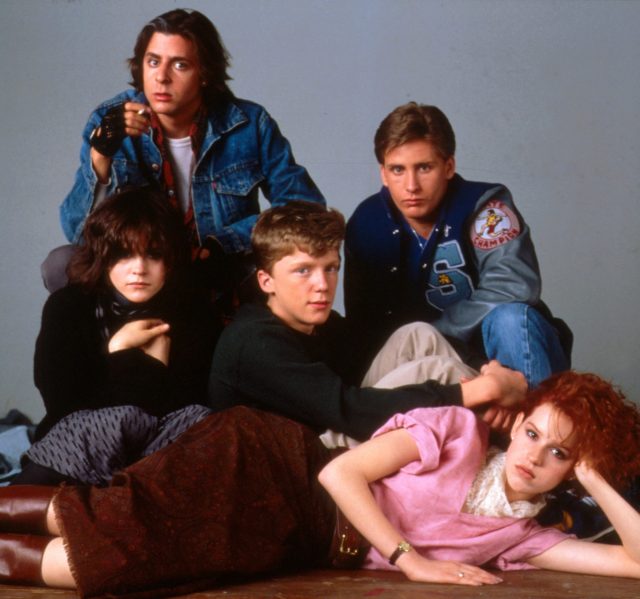
While a large portion of the films received lukewarm reviews upon their release, they have since become cult classics. To this day, the likes of The Breakfast Club, Sixteen Candles, and St. Elmo’s Fire resonate with audiences, and many Brat Pack members have continued to have successful acting careers.
The wedding of the century
The wedding of Prince Charles and Lady Diana Spencer is considered one of the most extravagant in British royal history. Along with the 3,500 guests invited to witness the ceremony at St. Paul’s Cathedral, the wedding was viewed by some 750 million people who tuned in on TV.
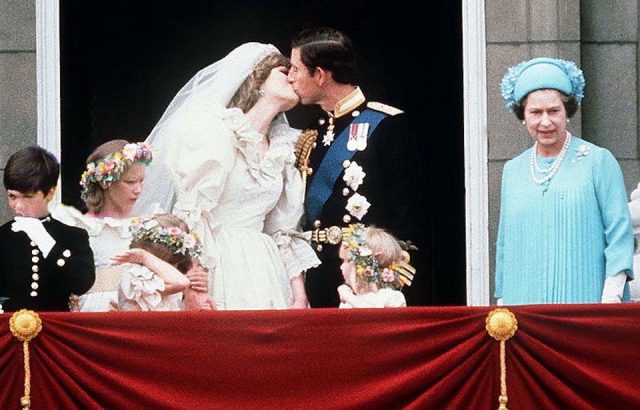
Diana was adored by the British public and it’s no surprise as to why. Her down-to-earth personality and love for her sons made her relatable to everyday citizens. That’s why her unprecedented death in 1997 caused such a shock around the world.
Rubik’s Cube craze
The Rubik’s Cube was invented by Hungarian architecture professor Ernő Rubik in 1974. However, it didn’t experience Western popularity until the start of the new decade after debuting at the 1980 International Toy Fair in New York City.
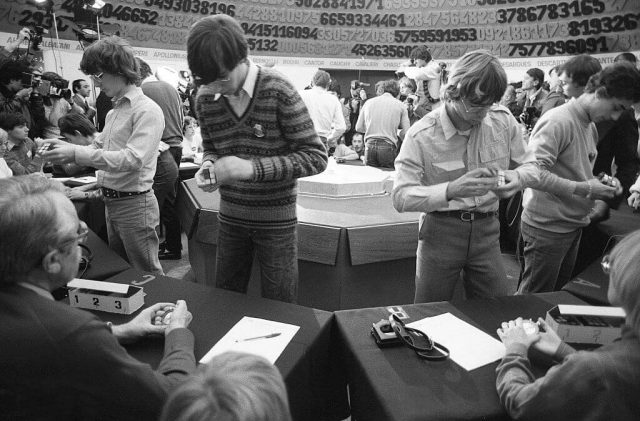
While the Rubik’s Cube craze only lasted a few years, it had a lasting impact on popular culture. Between 1980 and 1983, an estimated 200 million were sold worldwide, and in 1982 the first-ever Rubik’s Cube World Championship was held. The winner, Vietnamese-American student Minh Thai, was able to solve it in just 22.95 seconds!
Pac-Man hits the gaming scene
There are few video games that have had as large a cultural impact as Pac-Man. It was created by game designer Toru Iwatani, and while it experienced moderate success in Japan, its popularity exploded upon its introduction in America.
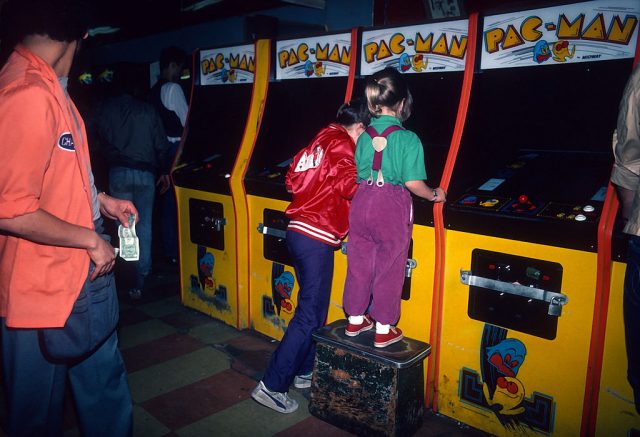
Within a year, Pac-Man sold 100,000 units and an estimated 250 million games were being played each week. It’s widely considered the first marketable game, spawning a host of related merchandise, including lunchboxes, pajamas, t-shirts, and board games. Oh, and who can forget its spin-off, Ms. Pac-Man?
Big hair and lots of partying
The standout music genre of the 1980s was without a doubt hair metal. Mötley Crüe brought it to the mainstream with their tight pants and big hair, and soon bands like Aerosmith and Poison were dominating the airwaves.
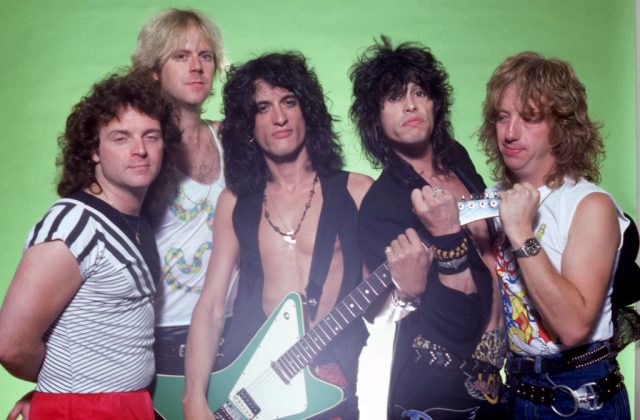
The point of hair metal was to blend traditional heavy metal with pop and punk. It was loud and in-your-face, and many of the most popular bands embodied its spirit off stage. Drug use, a lack of morals, and excess became part of the persona, and while this partying lifestyle was glamorized, it certainly wasn’t healthy.
Dungeons & Dragons caused panic
While first created in the 1970s, Dungeons and & Dragons really found its stride during the 1980s… But not in the way most would have assumed. The role-playing game was considered a nerdy past-time by most, but there were some who believed it to be an occult activity.
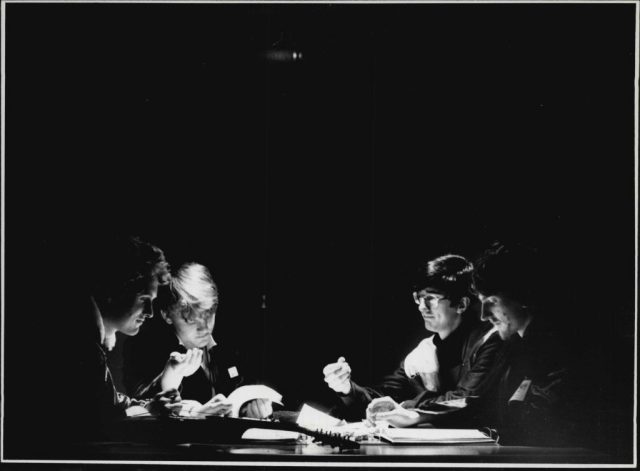
More from us: In Photos: Throwback To Life In The 1970s
Religious fundamentalists believed Dungeons & Dragons was the work of the devil himself and was only played by the most disturbed of individuals. This was largely fueled by the game’s pseudo-religious characters and mythical beings, but it didn’t stop many from playing it.
